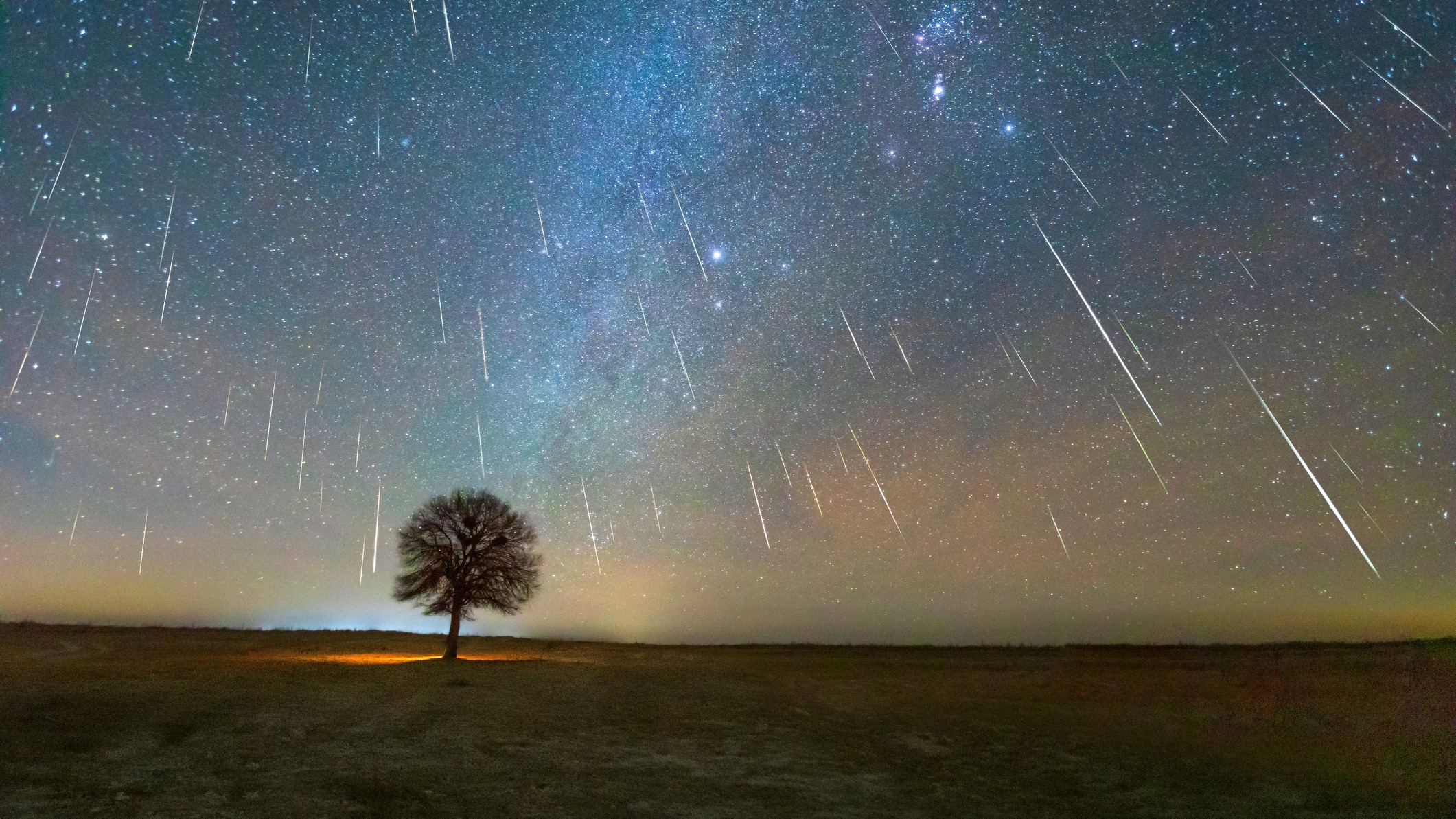When Will the Geminid Meteor Shower Peak in 2024? Get Ready for a Stellar Show!
Hey there, stargazers! Are you ready for one of the most spectacular celestial events of the year? We’re talking about the Geminid meteor shower, a dazzling display that consistently delivers breathtaking views. But when exactly can you expect the peak of this cosmic firework show in 2024? Let’s dive in and explore everything you need to know to make the most of this incredible astronomical event.

Introduction: The Geminids – A Not-to-be-Missed Event
Every year, as Earth passes through the debris trail left behind by the asteroid 3200 Phaethon, we’re treated to the Geminid meteor shower. Unlike many showers originating from comets, the Geminids’ source is a bit of a mystery, adding to their intrigue. This unusual origin contributes to the shower’s incredible intensity, with potential rates of up to 150 meteors per hour at its peak! That’s a lot of shooting stars to wish upon.
I remember my first Geminid experience. I was a kid, bundled up in blankets on a freezing December night, with my dad pointing out the streaks of light across the inky canvas above. The sheer wonder of it all – the silent, fiery dance across the heavens – completely captivated me. It’s a memory I cherish, and it’s a feeling I hope you get to experience too.
This article will cover:

- The Peak Date and Time: Knowing when to look is crucial for maximizing your viewing experience.
- Where to Look: Finding the radiant point and maximizing your dark sky view is key.
- How to Prepare: From finding the perfect location to packing the right gear, we’ll cover it all.
- What to Expect: Understanding the shower’s intensity and what you might see will enhance your appreciation.
- Photography Tips: Capture the magic with some helpful photography pointers.
- Alternative Viewing Options: In case of bad weather, we’ll explore some backup plans.

The Geminid Meteor Shower Peak in 2024: Mark Your Calendars!
So, the big question: When is the peak of the Geminid meteor shower in 2024? Mark your calendars for the night of December 13th and the morning of December 14th. The shower will be active for several nights leading up to and following the peak, but the best viewing will undoubtedly be during this period. The exact time of peak activity will vary slightly depending on your location, but generally, the hours after midnight are usually the most productive.

Think of it like this: the Earth is plowing through this debris field, and the most intense part of the encounter happens around that specific time. It’s a cosmic collision of sorts, resulting in this magnificent light show.
Remember, these are approximate times. Slight variations can occur due to the unpredictable nature of meteor showers. It’s always best to check with reliable sources like NASA or your local astronomy club closer to the date for the most accurate predictions.
Where to Look: Finding the Radiant Point and Dark Skies
The Geminids appear to radiate from the constellation Gemini, hence the name. This doesn’t mean you should only look at Gemini; meteors will appear across the entire sky. However, tracing the paths of the meteors backward will reveal they all seem to originate from this point. Finding Gemini is relatively easy; it’s a prominent constellation visible in the winter night sky.
To maximize your viewing experience, you need dark skies. Light pollution from cities significantly reduces the number of meteors you can see. Escape the city lights and head to a rural area with minimal light interference. National parks, remote areas, or even just a dark spot outside of town will dramatically improve your viewing. Check light pollution maps online to find the darkest skies near you.

How to Prepare for the Ultimate Stargazing Experience
Preparation is key for a successful Geminid viewing. Here’s a checklist:
- Location, Location, Location: Find a dark location away from city lights.